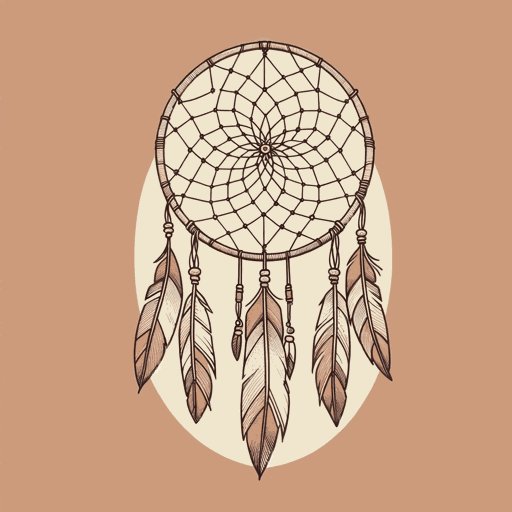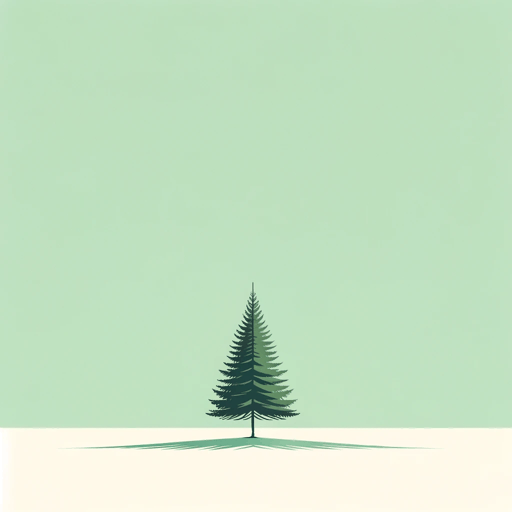71 pages • 2 hours read
David TreuerThe Heartbeat of Wounded Knee
Nonfiction | Book | Adult | Published in 2019A modern alternative to SparkNotes and CliffsNotes, SuperSummary offers high-quality Study Guides with detailed chapter summaries and analysis of major themes, characters, and more.
Important Quotes
“There had been an Indian past, and overnight, there lay ahead only an American future.”
(Prologue, Page 8)
Treuer refers to the efficacy with which European immigrants, through a combination of force and the accident of pestilence, displaced Indigenous peoples and their cultures, while creating the myth of having founded a “New World.” Within this New World, they created a space in which Indigenous cultures would be overlaid with an “American” one, even resulting in the moniker “Native American.”
“The year 1890 was not the end of us, our cultures, our civilizations. It was cruel, low, painful point, yes—maybe even the lowest point since European arrived in the New World—but a low point from which much of modern Indian and American life has emerged.”
(Prologue, Pages 14-15)
Treuer refers to the Battle at Wounded Knee—truly, a massacre, in which Lakota men, women, and children were murdered by the US Army. Though previous texts have focused on the tragic dimensions of the incident, particularly Dee Brown in his book Bury Me at Wounded Knee, Treuer seeks a revision of these previous histories and looks to describe how Indigenous peoples have restored themselves and their communities in response to this tragedy and others like it.
“Indians are not little ghosts in living color, stippling the landscape of the past and popping up in the present only to admonish contemporary Americans to behave.”
(Prologue, Page 17)
Treuer grapples with the persistent image of the Indigenous American (one thinks, particularly, of the “crying Indian” in the public service announcement against littering in the 1970s) as the preserver of a more pristine and authentic American landscape. This figure lacks complexity and a full identity and exists only to show White Americans how to behave and properly treat a land over which the original peoples no longer have license or much agency.
Related Titles
By David Treuer



